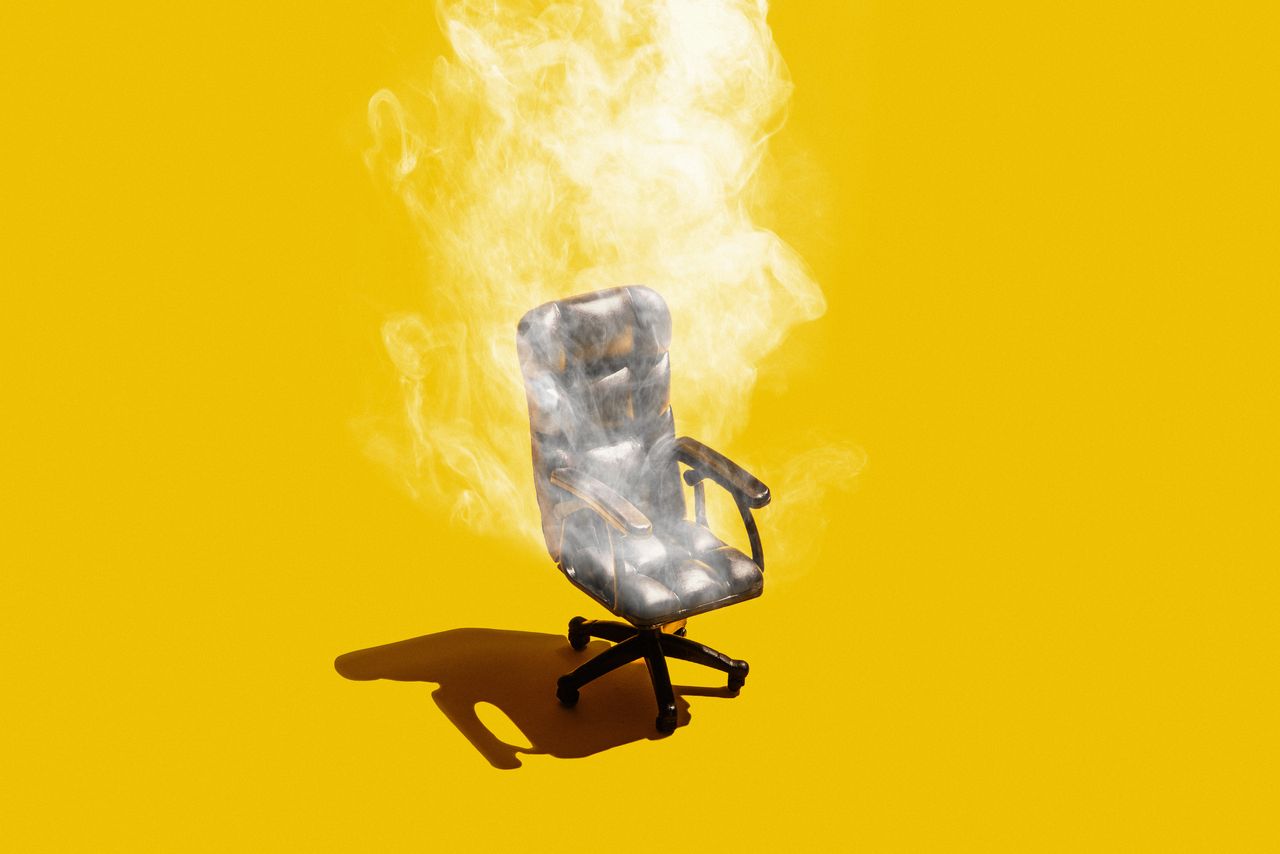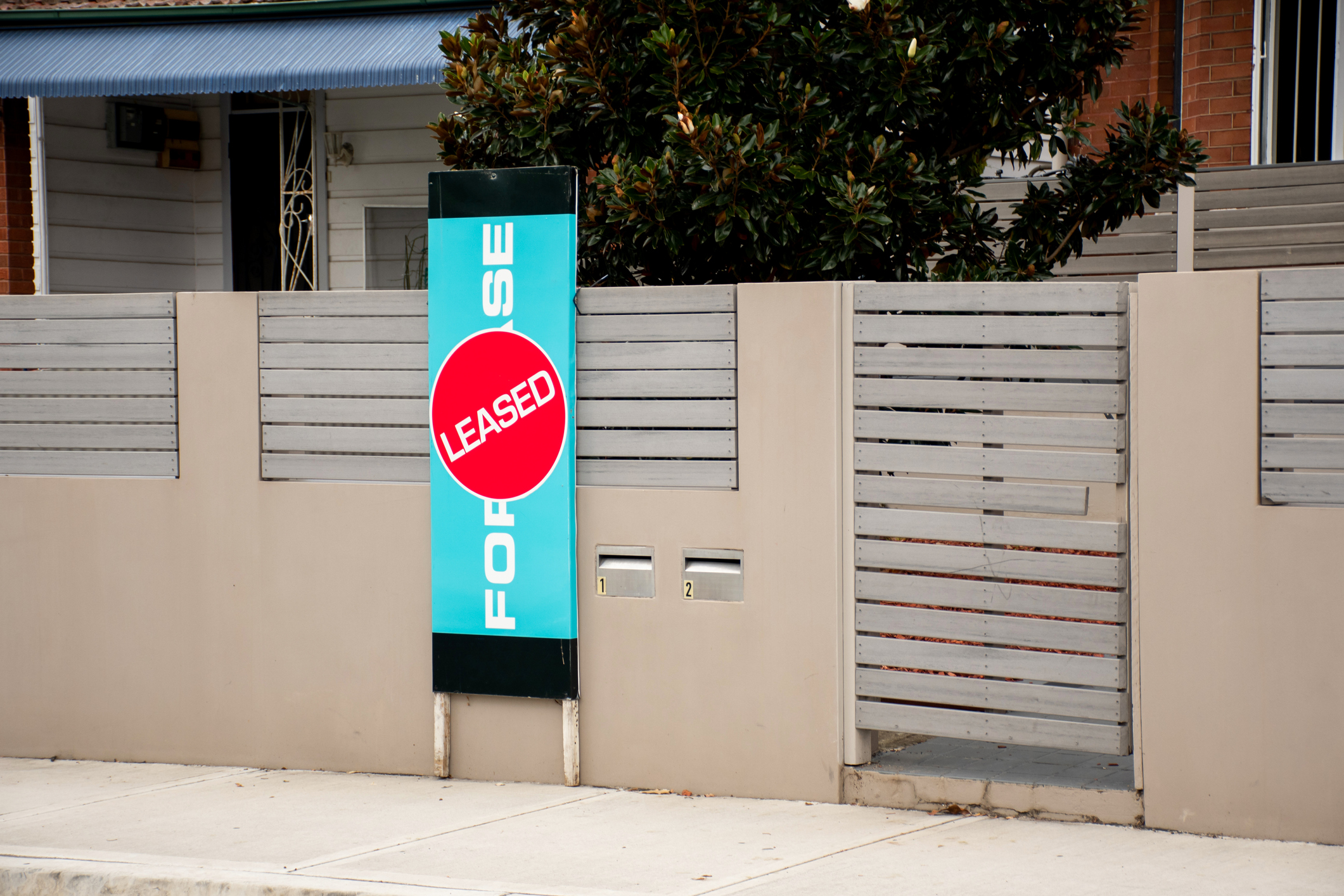If Your Quiet Quitting Is Going Well, You Might Be Getting ‘Quiet Fired’
Workers who coast risk being written off—and eventually laid off—by bosses with ‘productivity paranoia’
It can feel like you’re getting away with it.
You’ve dialled down the intensity at work, passing on late nights and extra assignments with seemingly no negative consequences. In fact, your boss appears to respect your new boundaries and has lightened your workload.
Careful. Your “quiet quitting” can lead to your “quiet firing”—and eventually your actual firing. And it’s already happening in some companies, human-resources specialists say.
“If all of a sudden you find you’re not invited to the meetings you used to be, or being offered the projects, that’s an indication that management is not viewing you as well as they used to,” says Victor Assad, a former HR director at Medtronic PLC and Honeywell International Inc. who is now a consultant.
Much like quiet quitting, the trendy term for reducing effort, quiet firing refers to minimising an employee’s significance. Companies have always had subtle ways to nudge people out the door. Tactics include sidelining them by cutting responsibilities or denying promotions and raises to make someone miserable enough to leave—what the gang in legal calls a “constructive discharge” and the rest of us know as managing out.
The difference now is the scale. Many companies are renewing their focus on what employees put out at the same time that a lot of workers are recalibrating what they put in.
Gallup reports the ratio of engaged to actively disengaged workers is at the lowest level in a decade and that half of the U.S. workforce is allegedly quiet quitting—that is, doing only what’s in their job descriptions and no more. For much of the past two years, executives have largely put up with this. In a tight labor market, a warm body is better than nobody.
Plus, companies want to be seen as sensitive to employees who seek balanced work and personal lives, says Paul Lesser, who launched a talent advisory firm last year after a long career in human resources at Fidelity Investments. Events like the pandemic and police killing of George Floyd prompted many to re-evaluate their priorities, he says, and it would have been bad business and worse optics for management to demand a greater focus on work during the most acute periods.
With more businesses expecting a recession, “every company has associates that have been poor performers or haven’t been as productive,” Mr. Lesser says. “In the marketplace we have right now, it’s good corporate hygiene to be looking at them.”
Managers at all levels should form lists of employees to let go if better or harder-working talent becomes available, says Jay McDonald, an executive coach who sits on the board of several Atlanta-area companies.
“A leader should always have that list, at least in their head,” he says.
So, are you on the boss’s list? It’s hard to know, especially now, when some managers are insisting that they really, truly don’t mind workers not giving 150%.
Some changes, like being asked to do less, could simply indicate that your supervisor takes limits seriously and understands that every team needs role players in addition to all-stars. Or your days might be numbered.
Bosses are at risk, too, says Ash Wendt, president of Cowen Partners Executive Search. He says some businesses that held off on leadership changes during the pandemic have hired his firm to discreetly hunt for upgrades.
These searches to replace executives who will soon get a shove toward the exit are called “confidential backfills.” Last year, they were 15% of Cowen’s business; this year, they’re 30%, he adds. They can amount to quiet firings because the incumbents may be neutralised for months before they’re ousted.
The top complaint about these leaders: “Companies are saying they’ve noticed a drop-off in an executive’s productivity or they’re not holding people accountable like they once did,” Mr. Wendt says.
Workers, unsure where they stand and whether they’re doing enough, are seeking help with job-related anxieties, says Dr. Anisha Patel-Dunn, chief medical officer of LifeStance Health, which provides mental-health services in 32 states.
She cautions against overanalysing every decision—being left off a project doesn’t necessarily reflect diminished status with the boss.
Still, an uncertain economy and broadscale office returns in many industries put hybrid and remote workers on especially high alert for signs of being managed out.
A large-scale survey by Microsoft Corp. published this month revealed a wide gap between employees’ assessments of their own remote productivity and managers’ perceptions of how much gets done away from the office. (Some 87% of the rank and file say they’re just as effective at home, but 80% of bosses disagree.) Microsoft Chief Executive Satya Nadella scolded supervisors for “productivity paranoia” and assumptions that people aren’t working hard at home, but the study’s findings underscore why certain workers fear falling out of favour.
Some firms, including Goldman Sachs Group Inc. and Meta Platforms Inc., have reinstated performance reviews to help identify and cull underachievers, after suspending that practice during the pandemic.
One-third of medium-to-large businesses have adopted employee-surveillance systems since 2020, according to Gartner, joining another third that already used such tools.
If people who are coasting haven’t been dismissed yet, that could be because the boss is storing a layer of fat that can easily be trimmed when it’s time to downsize, says Leslie Tarnacki, senior vice president of global human resources at WorkForce Software.
“We’re kidding ourselves if we don’t think we’re headed toward a recession, and managers do like to have that cushion if they see that cuts may be coming down the road,” she says. “They may have employees that are considered mediocre, but keeping them around for now makes having to deal with those cuts a little bit easier.”
 Copyright 2020, Dow Jones & Company, Inc. All Rights Reserved Worldwide. LEARN MORE
Copyright 2020, Dow Jones & Company, Inc. All Rights Reserved Worldwide. LEARN MORE
This stylish family home combines a classic palette and finishes with a flexible floorplan
Just 55 minutes from Sydney, make this your creative getaway located in the majestic Hawkesbury region.
Working a regular day, even into the evening, is for mere mortals. Those out to impress start well before dawn.
As a competitive rower in my long-ago prime I sometimes used a racing strategy called fly and die. Sprinting to an early lead often yielded a fast overall time, even if I couldn’t hold my torrid pace through the finish line.
Some professionals take a similar approach to their desk jobs, starting their workdays with a 5 a.m. to 9 a.m. shift. They are up before the sun—and, more important, before their co-workers—to get a jump on the workday and impress the boss.
Nothing screams go-getter like a predawn email! Getting stuff done early allows them to clock out midafternoon and still look like stars, even if their routines require Ben Franklin-esque sleep schedules and vats of caffeine.
Melissa O’Blenis rises by 4:30 a.m. for prayer and Peloton time before starting her job at the digital consulting firm Argano.
“I just love checking things off my list,” she says. “I need that focus time away from Teams messages, email notifications and text alerts.”
A mother with two sets of twins, O’Blenis, 48, often breaks for her kids’ afternoon sports without feeling guilty or judged. Colleagues jokingly call her Granny because her 9 p.m. bedtime makes the early starts possible. But Granny got the last laugh when she was promoted to a director-level role in March.
More than 90% of knowledge workers want to flex their hours, according to surveys by Slack’s Future Forum . In the pandemic many of us got in the habit of handling personal commitments during standard business hours, then catching up on work tasks later .
Now that the office battle is largely over, fighting a return to rigid, 9 a.m. to 5 p.m. schedules might be workers’ last stand. But managers complain about afternoon dead zones when employees are out of pocket.
The solution for more workers is starting sooner instead of finishing later. Workflow software maker Asana reports that 21.4% of users are logging on between 5 a.m. and 9 a.m. this year, up from 19.8% in 2021. About 12% of work tasks are completed before 9 a.m., the company says, compared with 10% before the pandemic.
Early-bird bosses
Gibran Washington and his basketball teammates at Hofstra University used to run at 6 a.m. He maintained his early wakeups while climbing the ranks in food-and-beverage management.
By 9 a.m. meetings, he had already exercised, meditated and put in a couple of hours of work.
“I always found myself more prepared than my colleagues who hadn’t had their first cup of coffee yet,” says Washington, 40, who doesn’t drink coffee. Now he is chief executive of Ethos Cannabis, a chain of 12 dispensaries in three states, and rises as early as ever.
Waking and working ahead of the pack is a common CEO habit, from Apple ’s Tim Cook to General Motors ’ Mary Barra . Even if your ambitions are less grand than the corner office, starting early could help you stand out for one simple reason: The boss is probably up, too, and taking notice.
Matt Kiger says being the first one into the office helped him catch his manager’s eye and advance after changing careers from education to media sales. He would set his alarm for 5 a.m., hop a train from Connecticut to New York and be at his workstation before 7.
“I thought, ‘What is it going to take to break through?’” he recalls. “‘It’s going to take being there when my boss comes in, already at my desk making phone calls.’”
Now a senior vice president for digital sales at Townsquare Media , Kiger, 47, says much of the daily communication among company leaders happens by text and phone from 6 a.m. to 8 a.m. It’s possible to succeed as a night owl, he says, but people who sleep in risk missing a window when many executives are awake and accessible. While some working parents can’t swing early-morning meetings, others like Kiger say they are the key to being present at kids’ after-school activities.
Getting the worm
Matt Sunshine—whose surname surely predestined him to be a morning person—wakes at 5:30 a.m. to read the news. Then he cycles or takes a Pilates class and is on his computer by 7.
Sunshine is CEO of the Center for Sales Strategy in Tampa, Fla., which helps healthcare, media and professional-services companies generate leads. He doesn’t expect his 55 employees to follow his schedule but says it becomes progressively harder to get his attention as the day goes on and his calendar fills up with meetings. He also tries to log off by 5:30 p.m. for family time, so working after hours won’t necessarily make an impression.
“If you want to get my attention, a good time to get me is first thing in the morning,” Sunshine, 55, says. “Because people know I’m an early riser, I think that does influence other people to do the same.”
Elvi Caperonis’s morning routine is next-level organised. Her alarm rings at 6 a.m. She goes for a run at 6:30. At 7 she showers and eats breakfast. At 7:30 she opens her laptop and sets a timer for 25 minutes. That’s her first block to focus on the most important task of the day before a five-minute break. She repeats the on-off work pattern throughout the day.
Caperonis, a technical program manager at Amazon , makes a daily to-do list with nine items. She rates one critical, three medium-level and five lower-priority. This helps her work efficiently and in the right order.
The 41-year-old works from home in Florida and often picks her daughter up from school at 2:30 p.m., freedoms she has preserved partly by being highly productive early in the day, she says. Much of her job involves identifying potential risks to a project’s success, and when she sends an early-morning alert it arrives really early for company leaders in the Pacific time zone.
“They appreciate having that information first thing when they open their email,” she says. “In my experience, leaders are also early birds.”
Consumers are going to gravitate toward applications powered by the buzzy new technology, analyst Michael Wolf predicts
Just 55 minutes from Sydney, make this your creative getaway located in the majestic Hawkesbury region.























